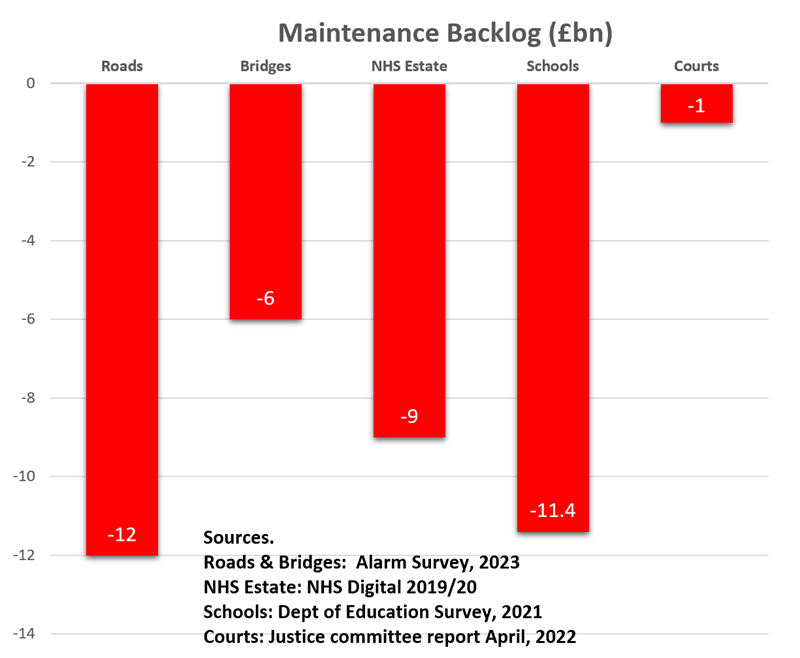Indian Insurers Push For Change In Bond Forward Regulations

Table of Contents
Current Challenges with Bond Forward Regulations
The current regulatory environment surrounding bond forwards presents several significant challenges for Indian insurers, impacting their operational efficiency, risk management capabilities, and overall profitability.
Liquidity Constraints
The existing bond forward regulations are perceived as limiting access to liquidity for insurers, especially during periods of market stress. This constraint stems from several factors:
- Stricter capital adequacy requirements: Current regulations impose higher capital reserves for positions in bond forwards compared to other asset classes, limiting the amount insurers can invest in these instruments.
- Limitations on hedging strategies using bond forwards: Insurers face restrictions on using bond forwards for effective hedging against interest rate risk, leaving them vulnerable to market fluctuations.
- Difficulty in managing interest rate risk: The inability to effectively utilize bond forwards to hedge interest rate risk increases the overall risk profile of insurer portfolios and necessitates holding larger capital buffers.
These limitations significantly impact the ability of insurers to raise capital quickly and efficiently, hindering their responsiveness during periods of market volatility. For example, during a sudden spike in interest rates, an insurer may struggle to meet its obligations due to insufficient liquidity, potentially jeopardizing policyholder payouts.
Investment Portfolio Limitations
The existing framework restricts the types of bond forward transactions insurers can undertake, severely limiting diversification opportunities and potentially lowering overall returns.
- Restrictions on the use of specific types of bond forwards: Certain types of bond forward contracts may be prohibited or heavily restricted under current regulations, limiting the range of hedging and investment strategies available to insurers.
- Limitations on notional amounts: Caps on the notional amounts of bond forward contracts insurers can hold further constrain their ability to effectively manage risk and optimize their portfolios.
- Lack of clarity on permissible hedging strategies: Ambiguity regarding acceptable hedging strategies using bond forwards creates uncertainty and discourages insurers from fully utilizing these instruments for risk mitigation.
This lack of flexibility prevents insurers from adequately managing their interest rate risk and optimizing their investment portfolios for maximum return. The inability to diversify effectively increases exposure to specific risks and ultimately impacts their ability to provide competitive returns to policyholders.
Regulatory Uncertainty and Compliance Costs
Ambiguity in the existing bond forward regulations leads to increased compliance costs and operational challenges for insurers.
- Difficulties in interpreting regulations: The complex and often unclear wording of the regulations makes it difficult for insurers to accurately assess compliance requirements.
- Inconsistent application of rules: Variations in regulatory interpretation and enforcement across different jurisdictions add further complexity and increase compliance costs.
- High costs associated with legal and compliance advice: Insurers are forced to incur substantial expenses seeking legal and compliance advice to ensure adherence to the existing regulations.
The resulting regulatory uncertainty and high compliance costs place a significant burden on insurers, diverting resources away from core business activities and potentially reducing their competitiveness. The lack of clarity also leads to operational inefficiencies and delays in executing transactions.
Proposed Changes and their Rationale
Recognizing the challenges outlined above, Indian insurers are advocating for significant changes to the existing regulatory framework. These proposed changes aim to enhance operational efficiency, improve risk management capabilities, and increase the overall attractiveness of the Indian bond market.
Increased Flexibility
Insurers are pushing for greater flexibility in their bond forward trading strategies, enabling more effective risk management. This includes:
- Relaxation of capital adequacy requirements related to bond forwards: Reducing the capital charges associated with bond forward positions would allow insurers to allocate more capital to other investment opportunities.
- Expansion of permissible hedging strategies: Allowing a wider range of hedging strategies using bond forwards would enable insurers to better manage their exposure to interest rate risk and other market risks.
- Increased notional limits: Increasing the permitted notional amounts for bond forward contracts would provide insurers with greater flexibility in managing large positions and hedging significant risks.
This increased flexibility would allow insurers to more effectively manage their risk profiles and optimize their investment portfolios, contributing to improved profitability and increased competitiveness.
Regulatory Clarity and Simplification
The call for clearer and more streamlined regulations aims to reduce compliance costs and operational complexity. This would involve:
- Improved guidelines for permissible transactions: Clearer and more concise guidelines would eliminate ambiguities and reduce the need for extensive legal and compliance advice.
- More transparent regulatory processes: Streamlining the regulatory approval processes would reduce delays and enhance operational efficiency.
- Standardized reporting requirements: Standardizing reporting requirements across different regulatory bodies would simplify compliance and reduce the administrative burden on insurers.
These improvements would create a more efficient and less burdensome regulatory environment, allowing insurers to focus on their core business activities rather than navigating complex and ambiguous regulations.
Alignment with International Best Practices
The industry is advocating for regulations aligned with global standards to enhance India's attractiveness as an investment destination. This includes:
- Benchmarking against international regulatory frameworks: Adopting internationally recognized best practices would promote greater transparency and investor confidence.
- Promoting greater transparency and investor confidence: Aligning with international standards would signal to foreign investors that the Indian bond market is mature, well-regulated, and attractive for investment.
- Enhancing market liquidity: Increased transparency and alignment with international standards would attract more participants to the market, improving liquidity and reducing transaction costs.
Aligning with international best practices would make the Indian bond market more competitive and attractive to foreign investors, contributing to increased market depth and liquidity.
Potential Impact of Regulatory Changes
The proposed changes to bond forward regulations hold the potential to significantly benefit the Indian insurance sector and the broader financial market.
Improved Risk Management
Greater flexibility in utilizing bond forwards will allow insurers to more effectively manage interest rate risk and other financial risks, leading to more stable and predictable financial performance.
Enhanced Investment Returns
Increased access to bond forward markets is expected to lead to improved investment portfolio performance, benefiting both insurers and their policyholders through higher returns.
Increased Market Depth and Liquidity
These reforms could attract more participants, boosting market liquidity and potentially lowering borrowing costs for corporations, benefiting the entire Indian economy.
Strengthened Competitiveness
A more efficient and streamlined regulatory framework will enhance the competitiveness of the Indian insurance sector, allowing domestic insurers to better compete with global players.
Conclusion
The ongoing debate surrounding bond forward regulations in India underscores the critical need for a modern and flexible regulatory framework. Indian insurers are rightly pushing for changes that will allow them to better manage risk, optimize their investment strategies, and contribute more effectively to the nation's economic growth. The proposed reforms, including increased flexibility, greater regulatory clarity, and alignment with international best practices, have the potential to significantly enhance the efficiency and competitiveness of the Indian insurance market. Understanding the nuances of these proposed changes to bond forward regulations is crucial for all stakeholders in the Indian financial landscape. To stay informed about the latest developments, continue to follow updates on regulatory changes affecting bond forward regulations in India.

Featured Posts
-
 Reform Party Can Farage Deliver On His Promises
May 09, 2025
Reform Party Can Farage Deliver On His Promises
May 09, 2025 -
 25m Financial Gap At West Ham Challenges And Opportunities
May 09, 2025
25m Financial Gap At West Ham Challenges And Opportunities
May 09, 2025 -
 Oilers Edge Golden Knights In 3 2 Victory Vegas Still Clinches Playoffs
May 09, 2025
Oilers Edge Golden Knights In 3 2 Victory Vegas Still Clinches Playoffs
May 09, 2025 -
 Addressing West Hams 25m Financial Deficit A Look At The Options
May 09, 2025
Addressing West Hams 25m Financial Deficit A Look At The Options
May 09, 2025 -
 Elizabeth Arden Skincare Walmart Prices And Deals
May 09, 2025
Elizabeth Arden Skincare Walmart Prices And Deals
May 09, 2025
